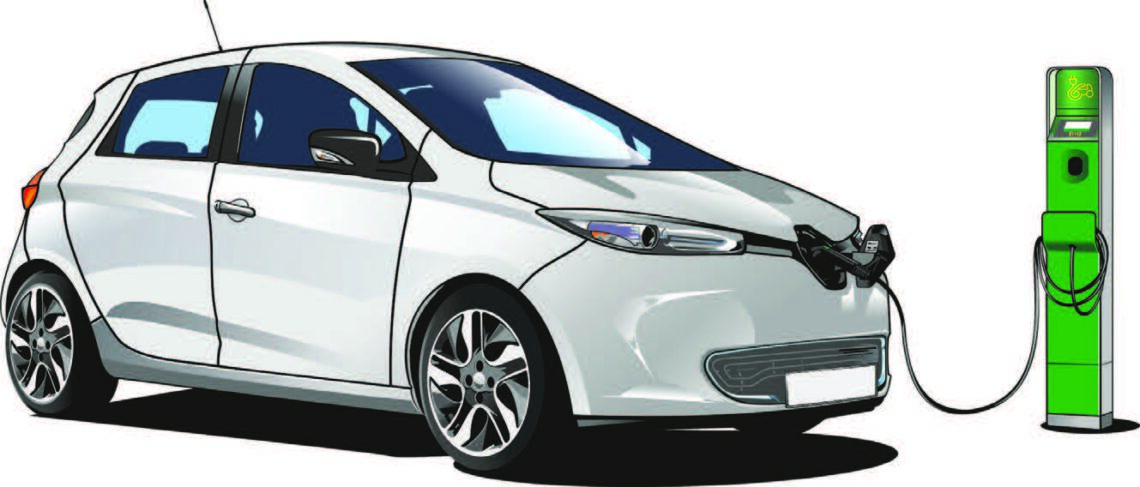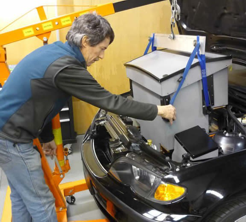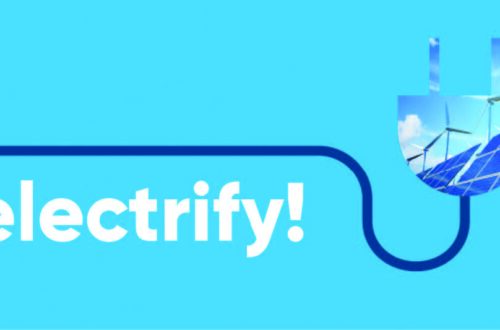Greener, Friendlier Alternatives Exist for Rare Minerals in Batteries
The Myth
For years, commentators have been handwringing about the extraction practices, environmental and social harms, and corporate ownership of mining operations that contribute to clean energy technology, with a focus on cobalt, rare earths, and other rare ingredients of the clean energy transition.
Much like governmental, intergovernmental, and private assessments of “critical materials,” these critiques pay far too little attention to how scarcity, usually signaled by price, elicits not only mineral exploration and mine development but also a powerful set of other and faster adaptations and alternatives like efficient use, substitution, and recycling.
A major contribution to this genre comes from a New York Times investigative series around cobalt in the Democratic Republic of Congo. The Times’s informative reportage sheds important light on the geopolitical and the human-rights ramifications of clean energy.
But the Times series, like nearly all prior “critical materials” coverage, rests on a flawed premise: that cobalt is one of the “essential raw materials needed for the production of electric car batteries—and is now critical to retiring the combustion engine and weaning the world off climate-changing fossil fuels.”
The Reality
That cobalt is an essential raw material needed to produce electric car batteries is true for one class of car-battery chemistries, but others use little cobalt or none at all. For example, Standard-range Tesla cars’ batteries use no cobalt. Battery leaders Samsung and Panasonic are designing out cobalt. The portfolio of these alternatives continues to improve and expand.
Several years ago, I wrote about “rare earths” (17 unusual chemical elements that are not geologically rare) in The Bulletin of the Atomic Scientists and why they are not a substantial cause for concern in the transition to clean energy. For the past decade, commentators have warned (and stock speculators hyped) that China’s near-monopoly on supermagnet rare-earth elements could make the growing global shift to electric cars and wind turbines impossible—because their motors and generators, respectively, supposedly required supermagnets and hence rare earths. But that’s nonsense.
In the four years since that Bulletin article, one of the key substitutions it mentions—iron-nitride supermagnets using no rare earths but with comparable or potentially greater performance—entered the market. But even without that magnet innovation, everything that permanent-magnet motors and generators do can also be done as well or better using two other innovations that require no rare earth minerals: control software and power electronics made of silicon, the most abundant solid element on Earth.
Both kinds of magnet-free machines can do everything required not only in electric cars but also in wind turbines—functions often claimed to be impossible without tons of neodymium. That some wind turbines use rare-earth permanent-magnet generators does not mean others must. It’s better not to, and the word is spreading. Tesla’s car business was built on magnet-free induction motors. Its latest autos use the second magnet-free kind, synchronous reluctance motors, albeit spiced with small magnets. But most commentators on “blood minerals” are not experts on motors, solar cells, electricity, electronics, or even mining. They should talk to more people who are.
The Bottom Line
Accessible alternatives to “critical materials” can make excellent EV batteries, solar cells, and wind turbines. The US Department of Energy aims to eliminate cobalt in electric-car batteries by 2030; industry is doing it far faster. And a billion batteries in old consumer-electronics devices, many 30-fold richer in cobalt than the remaining cobalt-using car batteries, await recycling in clean and profitable American factories already being scaled up. Brains outpace mines. Let’s not let myths outpace truth.
Physicist Amory Lovins (1947– ) is Cofounder (1982) and Chairman Emeritus of Rocky Mountain Institute, which he served as Chief Scientist 2007–19 and now supports as a contractor and Trustee; energy advisor to major firms and governments in 70+ countries for 45+ years; author of 31 books and more than 700 papers; and an integrative designer of superefficient buildings, factories, and vehicles.
© 2022 Rocky Mountain Institute. Published with permission. Originally posted on RMI Blog. For more from Amory Lovins: rmi.org/people/amory-lovins/






